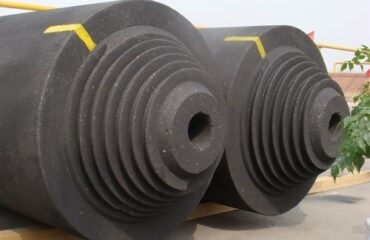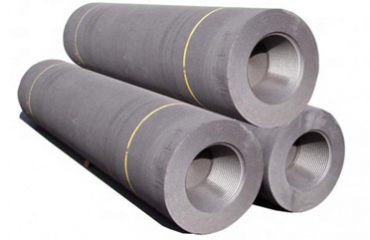Because carbon and graphite crucibles can withstand high temperature and have good high temperature strength and corrosion resistance, many linings of metallurgical furnaces can be built with carbon blocks, such as the bottom, hearth and hearth of ironmaking furnaces, the lining of ferroalloy furnaces and carbide furnaces, and the bottom and side of aluminium electrolysis cells. Many crucibles used for smelting precious and rare metals and graphitized crucibles used for melting quartz glass are also made of graphitized blanks. Carbon electrode and graphite products used as refractories should not be used in oxidizing atmosphere. Carbon and graphite materials have not only high chemical stability, but also good lubrication properties. Under the conditions of high speed, high temperature and high pressure, it is often impossible to improve the wear resistance of sliding parts by lubricating oil. Graphite wear-resistant materials can work in corrosive media at temperatures ranging from — 200 to 2000 degrees Celsius and at high sliding speeds (up to 100 m/s) without lubricating oil.
Graphite block color from iron ash to steel ash, black streaks, has significant optical inhomogeneity, hardness inhomogeneity, as well as opacity, metal luster, etc., cryptocrystalline is dim and dull. Hardness 1–2, specific gravity 2.09-graphite has strong heat transfer (higher than copper and aluminium) and high conductivity. It can withstand high temperature above 3000 (?) C, melting point 3800 (?), boiling point 4250 (?), plasticity, chemical stability and insolubility in acid and alkali. They don’t need to be lubricated when they run. This wear-resistant material is made of ordinary carbon or graphite materials impregnated with organic resin or liquid metal materials. Graphite emulsion is also a good lubricant for many metal processing (wire drawing, pipe drawing, etc.).
Graphite boat and graphite anode plate are collectively called carbon materials, which are non-metallic solid materials mainly composed of carbon elements. The physical and chemical properties and mechanical properties of carbon materials are superior to those of metal materials and macromolecule materials under many special conditions. They have good electrical conductivity, thermal stability, chemical stability, high corrosion resistance, high strength and self-lubrication at high temperature. Carbon materials and products are widely used in metallurgy, aerospace, electronics, energy, environmental protection and other fields.


